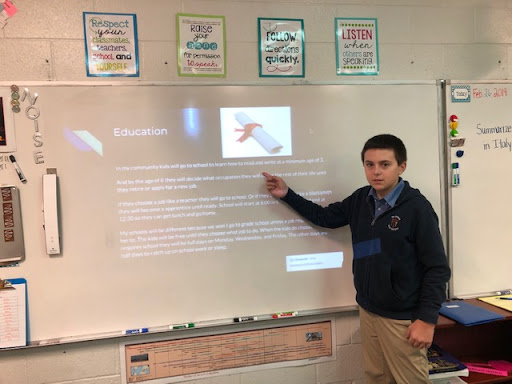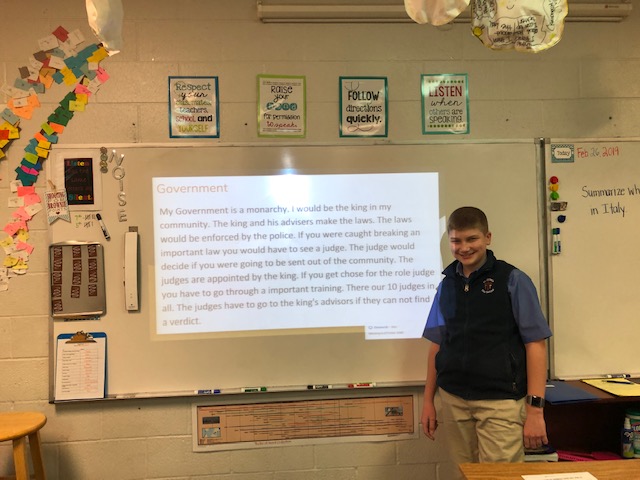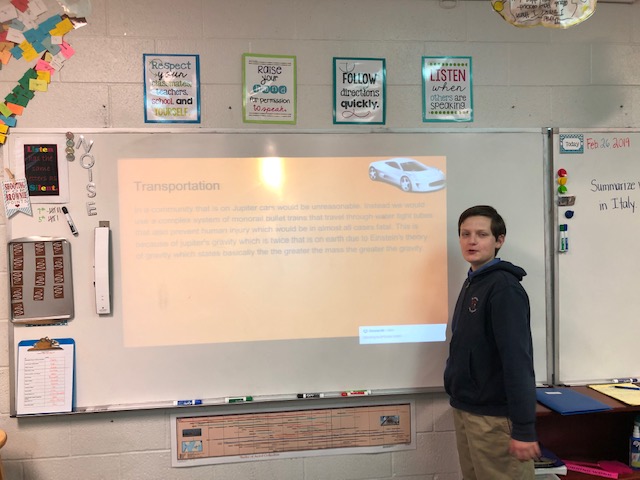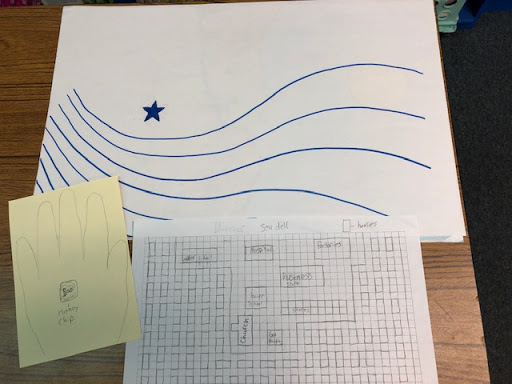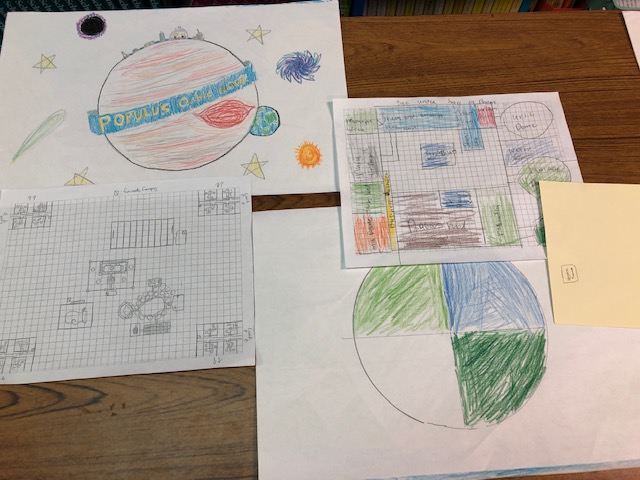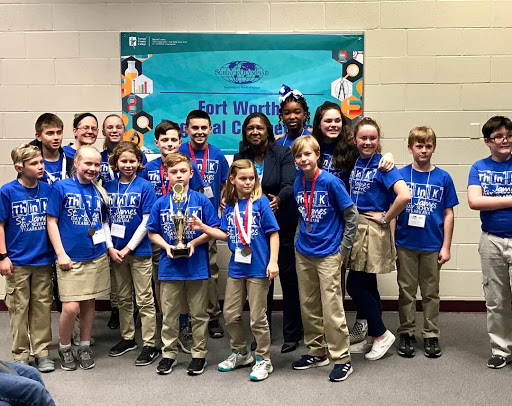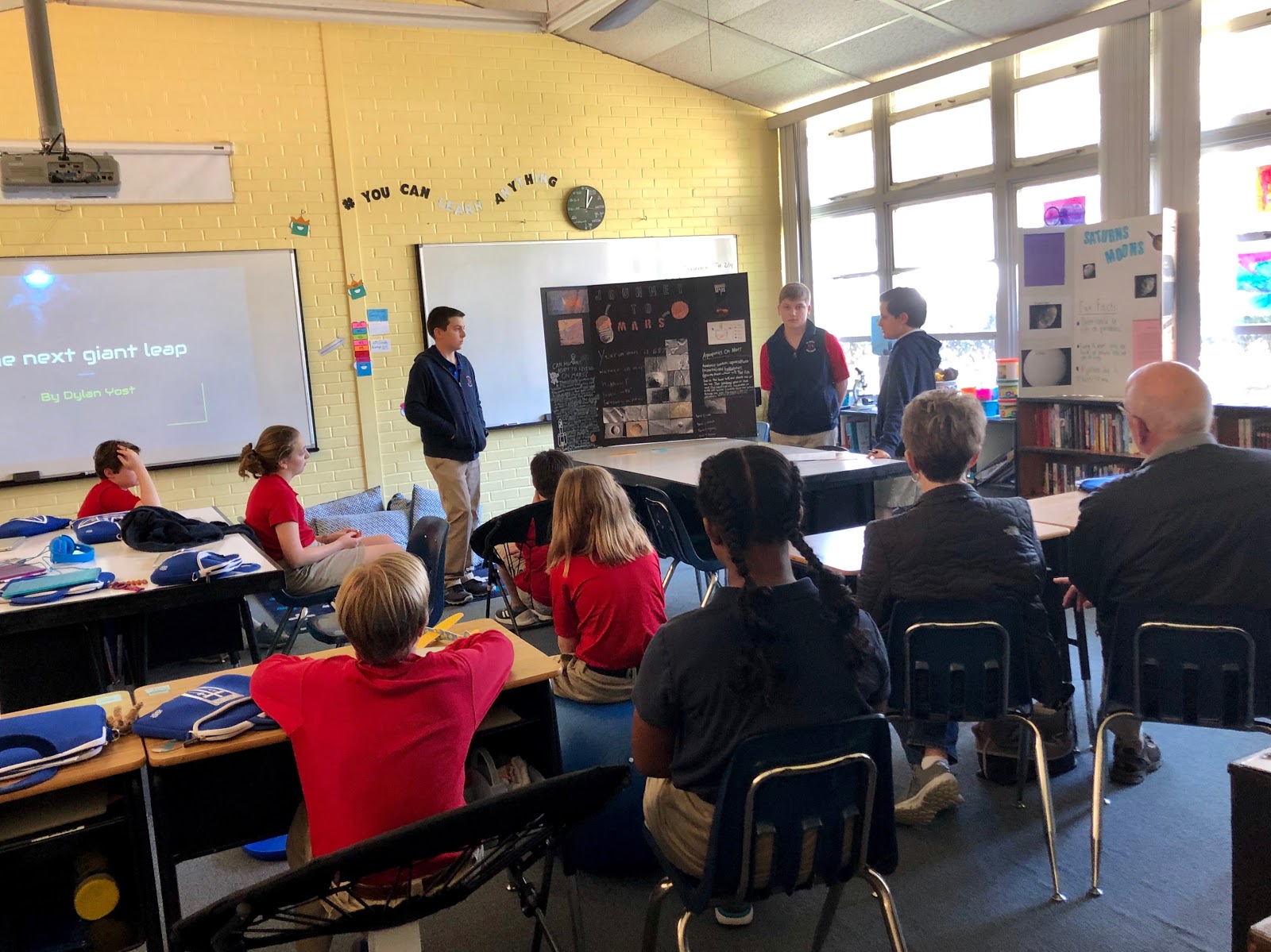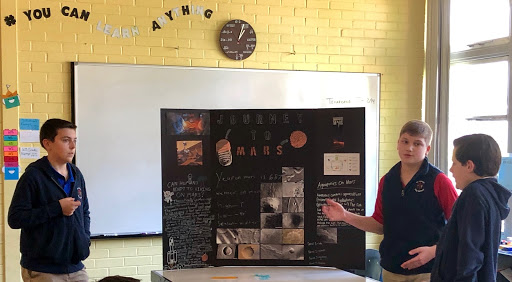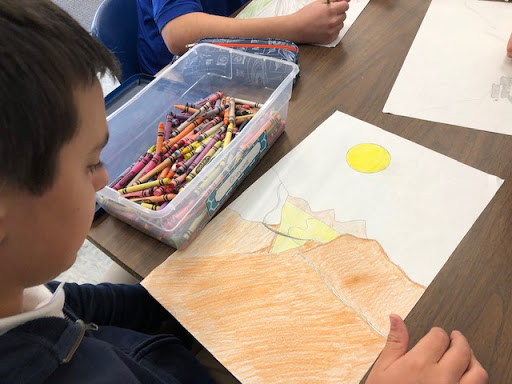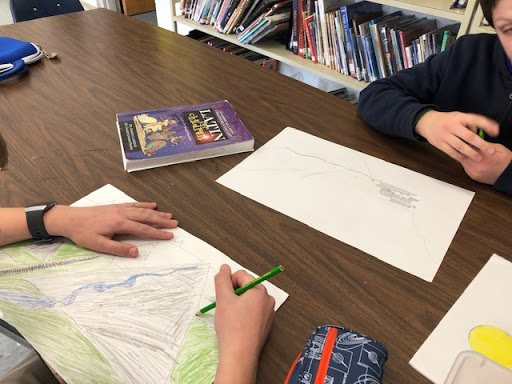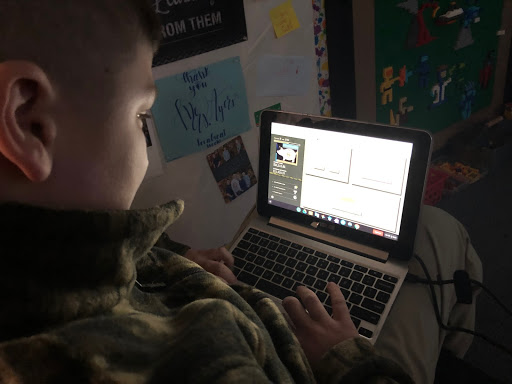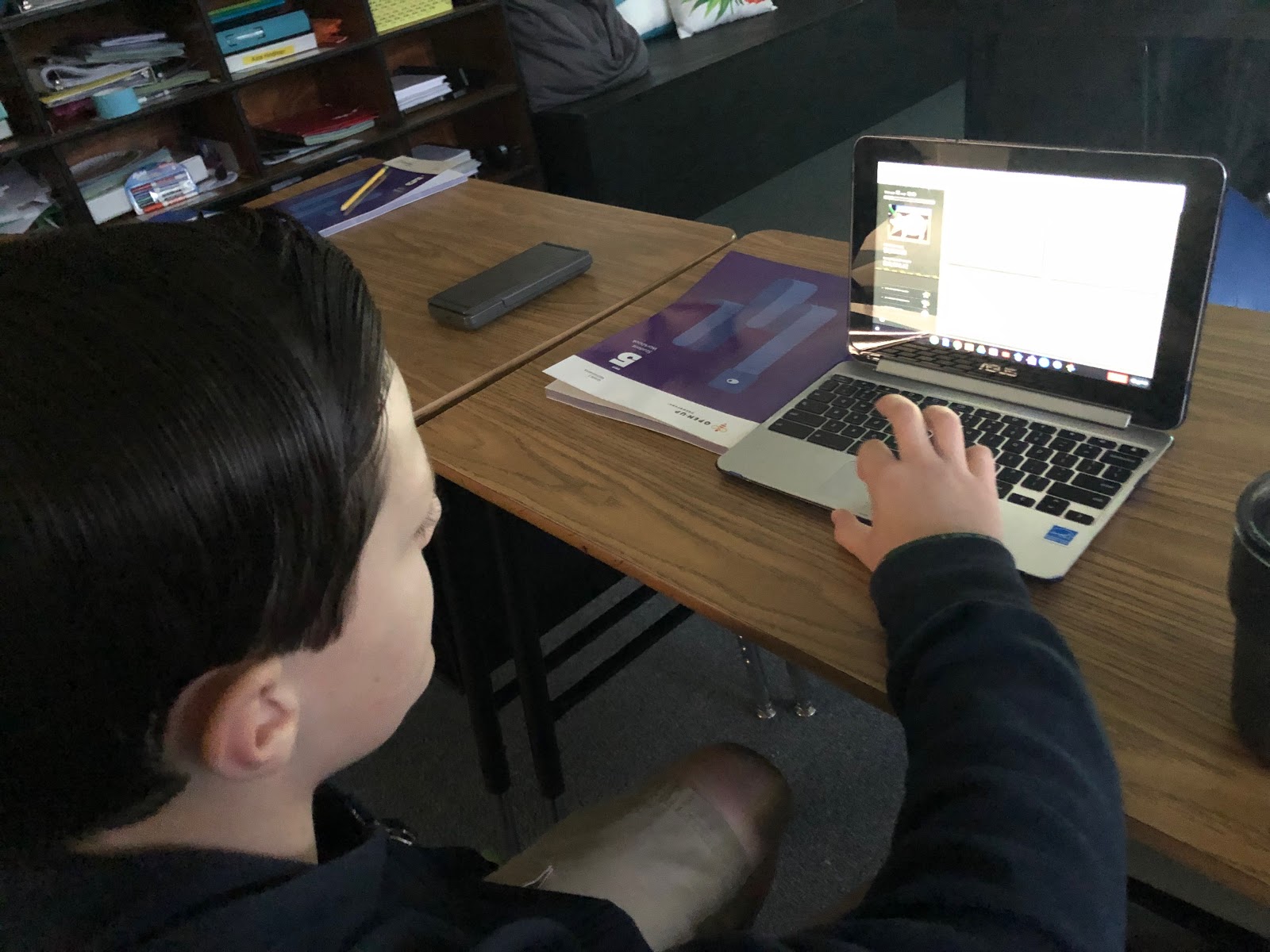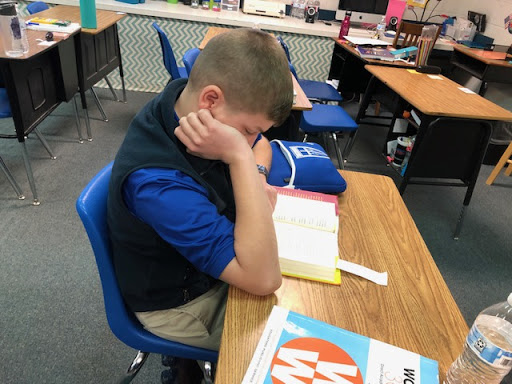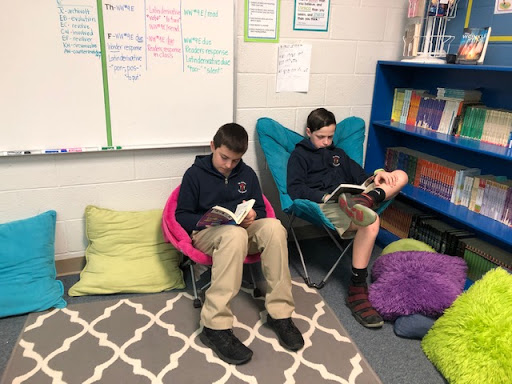LANGUAGE ARTS AND HISTORY:
Delving Into Deep Thinking…
The seventh grade class has been studying the Renaissance for the last 4 weeks. Not only have the students learned about how and why the Renaissance began in Italy, but they have also studied the most notable artistic figures of this period-- Michelangelo, Leonardo Da Vinci, Raphael, and Titian. This week, our focus is on the Italian writers Castiglione and Machiavelli, and their influence on the Renaissance. After reading about these writers’ work, the boys had the opportunity to read excerpts from adaptations of their works, and to compare and contrast the two writers. Both writers were advisers in the courts of Italian dukes, but they took different approaches to life. In The Courtier, Castiglione advises the newly rich to be courteous at all times and display good manners, whereas Machiavelli, in The Prince, advises rulers that is often better to be feared than loved. We just did not read the texts; we broke them down and annotated each one to gain the fullest understanding. The Prince excerpt even contained some Latin, which we discussed. What an unique opportunity for 7th graders to sit and read 500 year old political doctrine that is still influential today, and to recognize that Machiavellian principles are still followed by some powerful leaders. This is one of the values of teaching history-- to see how it is repeated-- and one of the values of teaching at St. James-- we can devote the time to analyzing these historical pieces in depth.



